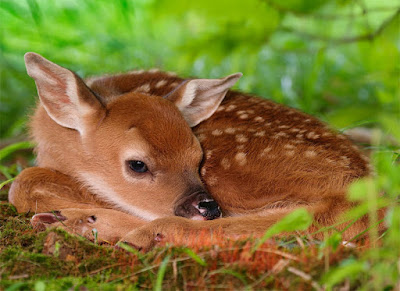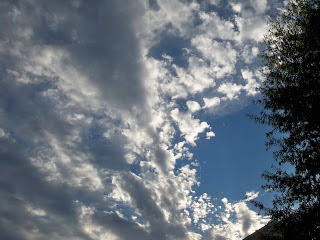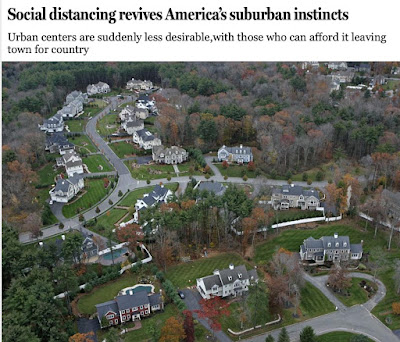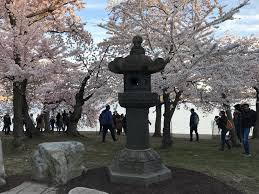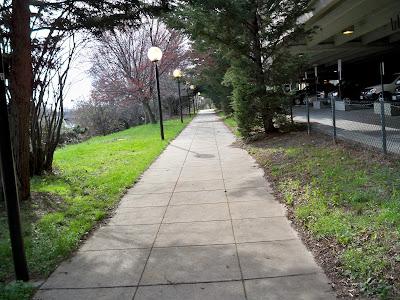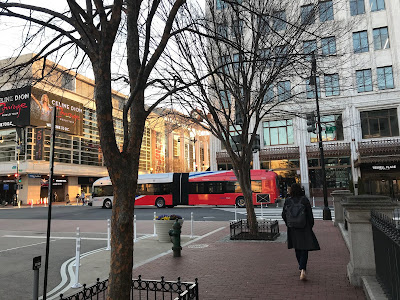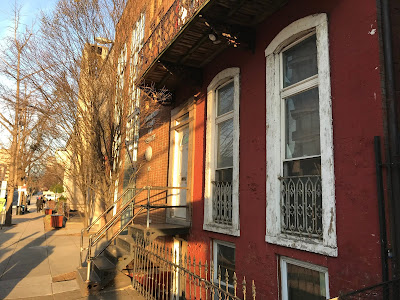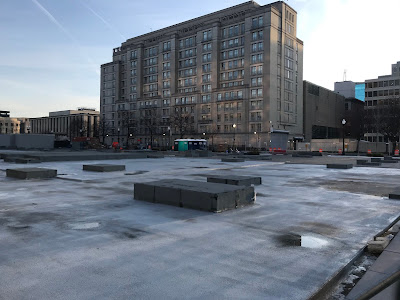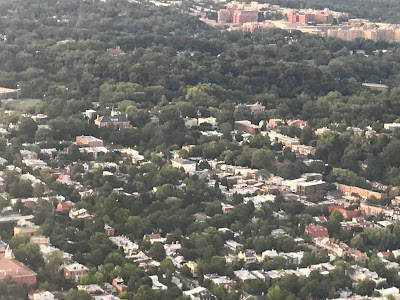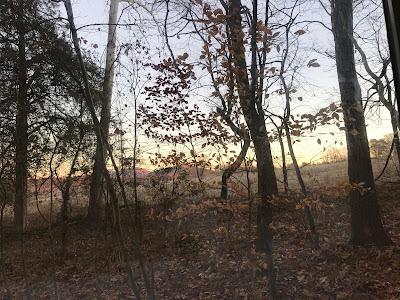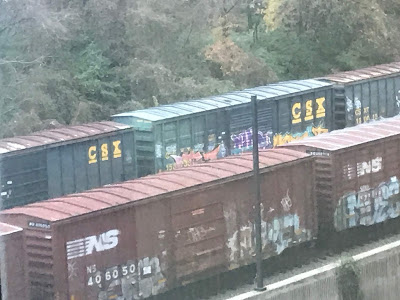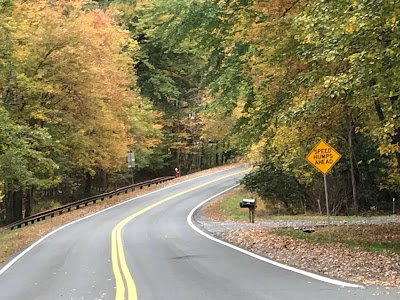Newborn Fawn
On my walk this morning I spotted what I first thought was a pile of speckled leaves but which on closer examination turned out to be a newborn fawn.
The little thing was curled up in a ball and trembling, his big eyes staring up at me as I walked toward him. I kept my distance, not knowing if mama was nearby, talked to him gently, visions of The Yearling and feeding him from a bottle in mind.
This was midway through my walk, but I thought about the little guy all the way to the end of the street and back, wondering if he would still be there on my return. He was — so I called Animal Control, which informed me that mother deer often leave their babies in a “safe spot” and return from them in a few hours.
Since this “safe spot” was in clear view of passerby, I made a sign asking neighbors not to disturb him. But when I went to check on him a few minutes later, the little guy had scampered into the woods to get out of the rain.
In my rush to protect him, I forgot to snap a photo, so I found this picture online (it’s exactly what he looked like). In a few weeks, this little tyke will be ravaging my garden, but for now, all I wanted to do was take care of him.
